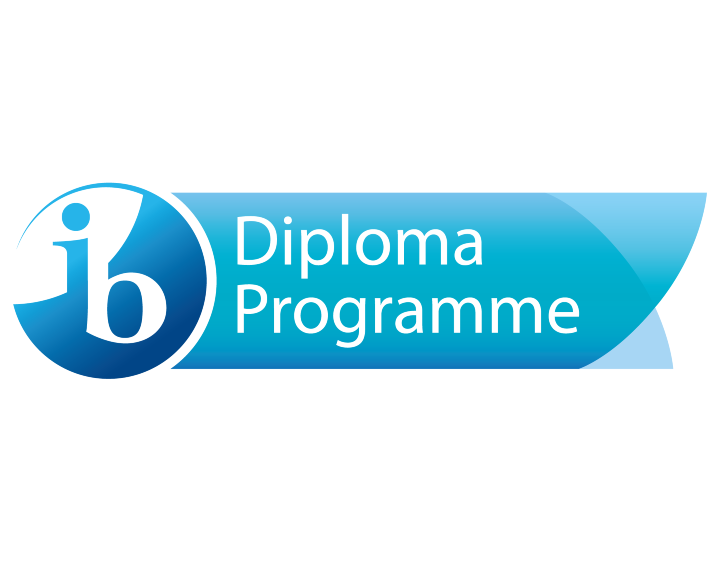Blueprints to abide by when Opening a New School
Designing and unfurling a new school is an exciting yet daunting task.
As a brand new school owner, you are involved in every aspect of what the school day will look and feel like, and students will reminisce for days to come.
When you begin devising your venture to equip pupils with the crafts to fulfil your school’s mission and vision, evaluate your strategic priorities to execute your objectives. Consider yourself as a kid on the first day of school:
- What carefully planned academic and non-academic experiences would you need to best prepare you for the rest of middle school?
- What instructional skills would your teachers need to engage you and your counterparts in relentless assignments throughout the day?
- What type of environment would allow you to grow and reflect on your headway in a meaningful way?
While the opportunity to create the perfect learning environment for students and teachers can be inspiring, it can also be overwhelming. There are many things to do, decisions to be made, and outcomes to consider. As a result, we have found many schools asking us: where do I start, what do I start with, who do I start with?
While working with the School Head and other notable staff to open new institutions, we have seen the 3 consistent pillars of Culture, School Operations, and Professional Learning serve as good footings for constructing an engaging academic program for students and teachers.
Before getting started, it is important to take time to reflect on these three pillars and how they look in a month, 6 months, 12 months, and so on:
- How do you plan on intentionally establishing a school culture that will allow you to fulfill your mission and vision?
- How do you want your school to run day today? What about days with some irregularity (parent-teacher conferences, assemblies, fire drills)?
- What type of professional learning experiences will your staff need to start the founding year, and what will they need to develop into effective teachers and leaders in the future?
Culture
We all want a great culture in our buildings, and the steps needed to create an atmosphere where students and teachers adopt inquisitiveness and development have to be intended. Viewing your school community's talents, interests, and strengths and how to leverage them effectively is key. Being able to find reflective staff members who can collectively maintain a high bar of excellence and who have the potential to develop into the teachers and leaders of the future is vital before you get students into your facility. Establishing this culture in your building allows for all other priorities to be met with a mindset of growth, adaptability, and innovation. Culture is much more than how students get along with teachers and vice versa. It's about how each day, every member of your school community takes an intended step towards fulfilling the mission and vision that helped the school open its doors.
- Mindset: It is essential to talk about a change mindset with your staff to help navigate the culture. When assessing the mission and vision of the school, it's critical to offload and understand the essential attitudes to execute this vision, the mindsets that can deviate from it, and how to influence stakeholder mindsets to support the work and tasks at hand. There will need to be a Plan A, B, and often a Plan C to execute school goals. Having a team willing to learn and evolve is key.
- Example: Creating a meaningful way for teachers and coaches to reflect after classroom observations allows room for the conversation to be about open, ongoing feedback, improvement, and professional development. A great way to do this is by standing at the door where teachers come in and greeting them in the morning, the same way they should greet their students.
- Mission and Vision: Without developing a mission and vision, you will have difficulty developing methods to achieve your school goals. The link between school goals and specific ways to achieve them will allow team members to explain their place in getting the mission and vision to life.
- Example: Before every purchase, ask yourself, "Is this purchase helping our school with our mission and vision?" If yes, great. If not, don't purchase it.
- Parent Engagement: Research shows students are more likely to succeed when parents are engaged and involved in their child's school. It is important to start parent engagement strong by collectively involving them in the community.
- For example, you could invite parents to collectively decide important items – such as the school name and mascot.
- Expectations: Clear expectations that are upheld for everyone are important to establish with your teachers to gain buy-in. Building expectations collaboratively with different community members is a great way to build that buy-in.
- Example: Whether it's the PTA, the SGA, or Grade Level Teams, creating the time for the development and reflection on team norms together builds investment across all groups.
School Operations
From selecting a lunch vendor to student technology, how your school functions is a direct result of those, you have hired to operationalize the mission and vision of the school. Therefore, each decision should be made with the end goal in mind and aligned with the mission.
- Hiring: Understand the skill sets you will need in teachers, leaders, and other staff members to set a sound foundation and build upon it in years 1-3 and beyond. What professional learning experiences would you like your staff members to have before entering your building?
- Example: Find leaders and teachers who have experience with your students and families and who have the desire and potential to grow and develop.
- Scheduling: It is crucial to find a team that understands the elements of district mandates state requirements and can work efficiently with school team members and district leaders to ensure your schedule runs smoothly. Your master schedule defines when your teachers meet with students and how long.
- Example: Determine your goals and priorities for your school and list them out on sticky notes. Then manipulate them to meet the scheduling requirements from various stakeholders to make sure the school meets goals on both sides.
- Your Building: While getting to know your building is important, knowing who is coming to your building, from where, and why is just as important. Understanding the complexities of those families can provide school leaders with the necessary insight to plan and host community events and understand the importance of having spaces for electives.
- For example, understanding the importance of movement and how it impacts student engagement can allow school teams to be creative in utilizing co-located common spaces or areas not originally developed for physical activity.
Professional Learning
Understanding the professional experiences you'd like your staff to have before joining your team can help decide what experiences you'd like to provide for them to ensure their growth and development.
- Instructional Core: The school leader and the leadership team will need to define the instructional core themselves or work with their district partners to roll out the definition. The instructional core will guide observations, school goals, evaluations, PD, and teacher development. With an unclear core, quality instruction can become nebulous,
- Example: What do you want PLC time to look like, feel like, and sound like? What are the non-negotiables or expectations for content? The staff handbook is a great place to have some of these listed for staff to refer to.
- Professional Development Plan: It is always important to have a plan because you have no true direction without one. Developing an instructional core is the first step in creating a professional development plan reflective of your school's academic goals and priorities. Professional development can feel disorganized and not on par with the teacher's need to succeed without developing this plan.
- Example: Take half a day with your administrative staff and list the Professional Development you want to cover for the year. Then plug in the dates onto a calendar to hold yourselves accountable, and use it to backward plan your sessions.
- Model Professional Learning: With a clearly defined instructional core and professional development plan, custom-made professional development can be made distinctive to meet team members where they are, support them in growing and evolving to fulfill their personal goals, and fulfill overall school goals. While general professional development is always needed, illustrating it to staff member needs can only be done with a clear plan of what is required.
- Example: Provide your teachers with a Professional Development choice board or use data to guide what individual professional development they need.
Although planning and opening a school can challenge a person or a team greatly, it's through those challenging times that concrete plans are formed and aligned in a meaningful and strategic way.
Prioritizing The 3 Pillars of Culture, School Operations, and Professional Learning allows school teams to start the way they mean to carry on. For example, School Culture and Operations based thoughtfully and affixed to a school's mission and vision in the first year can seem to operate like a well-oiled machine in the 5/ 6 year.
Without engagement to detail in the initial months and the 1st year, the base essence will fall on the school leadership to be reinvented every year.
Attempting to execute an unclear instructional vision during year 1 can lead to unclear academic expectations for teachers and leaders, a compromised bar for what rigor should look like, and muddy the water for future teacher and leader development.
Therefore, spending time and effort to establish a clear vision and plan for School Culture, Operations, and Professional Learning is vital.
These pillars allow school teams to actively anticipate and navigate the ever-changing ecosystem that a school is in a while moving forward, towards the future, with clear expectations and goals in mind.
KEYWORD: New School Setup, School Improvement, School Management, Marketing, School Consultants in India, Educational Consultants in India




